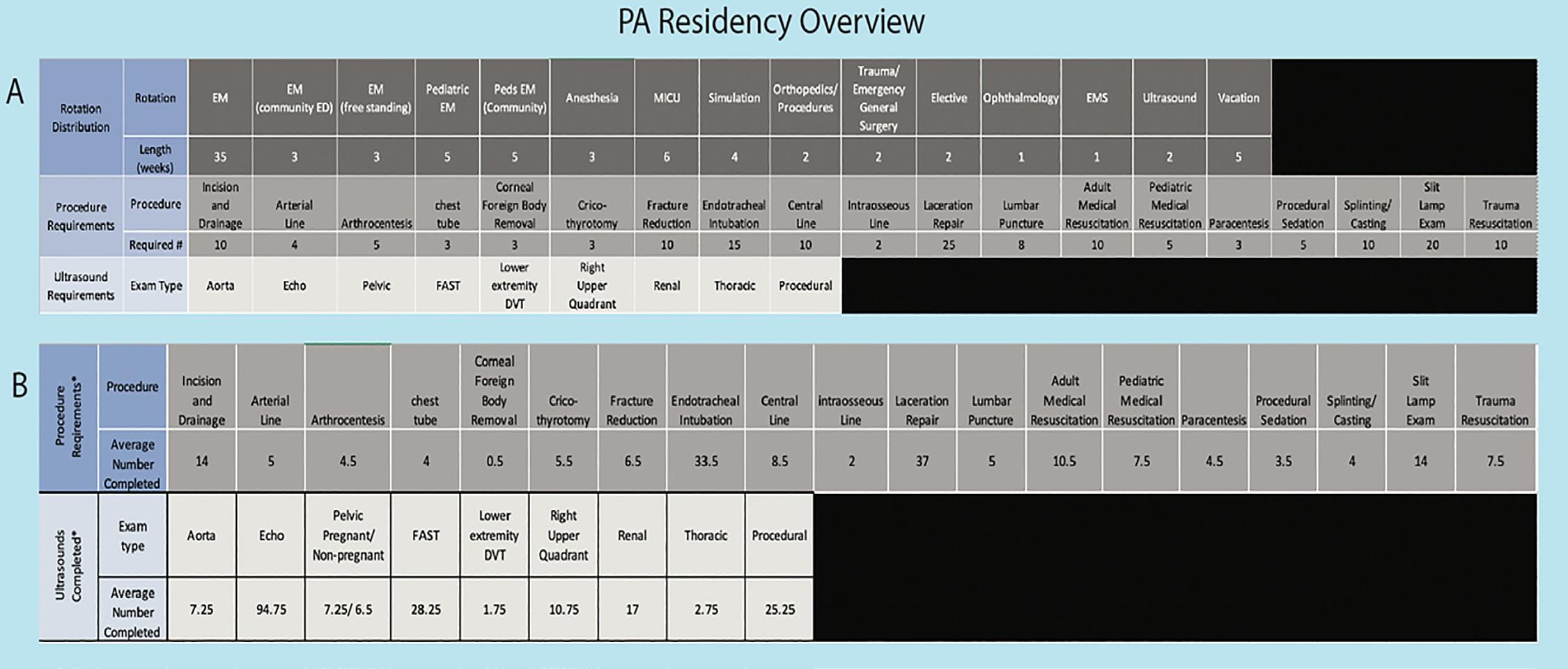Emergency Medicine Virtual Clerkship Medical students who are EM bound typically complete at least two EM clerkships to gain additional experience and explore varied training environments. Visiting clerkships also provide Standardized Letters of Evaluation (SLOE) – crucial to the residency application – and allow for reciprocal exposure between the student and program.6-8 In response to COVID-19 restrictions, many medical schools and residencies pivoted to online education and cancelled visiting rotations.9,10 With the loss of in-person visiting clerkships, a novel virtual curriculum was urgently needed to fill this void. As an alternative to traditional in-person visiting clerkships, we created, implemented, and evaluated a virtual “visiting” clerkship with a focus on advanced and less commonly taught topics (ie, social EM and professional development). Based on the most recent recommendations, many institutions have removed restrictions on in-person rotations but continue to limit visiting rotations to one per student.11 Looking forward, the virtual environment creates a unique opportunity for programs to continue to meet their applicants more in depth, in addition to circumventing geographic and socioeconomic barriers often faced by students participating in traditional visiting rotations. CURRICULUM DESIGN Rather than replicating a traditional clerkship virtually, we designed our curriculum to focus on advanced medical topics: social determinants of health; structural competency; and professional identity formation12, 13 by employing Kern’s method for curriculum development.14 We identified educational needs as institutional COVID-19 restrictions were released. We performed a needs assessment including data from our postgraduate year one class as near peers. Our topic list was further refined by consensus among the author group, which included a clerkship director, associate program directors, medical education fellow, and senior EM residents. We developed goals and objectives informed by the topic list and the additional goals of exposing students to our residency program and social EM, as well as advancing professional identity formation. Our traditional in-person sub-internship experience typically covers medical knowledge topics commonly seen in the emergency department as well as skills to help learners thrive while rotating in person. In addition to being vastly different from a traditional experience given that it would be delivered virtually, we felt that this rotation could possibly serve as an ideal environment to cover social EM and professional identity formation, topics that would benefit from minimal interruptions or competing pressures. OBJECTIVES Curriculum goals included teaching advanced EM clinical knowledge, introducing social EM and professional identity formation, and providing exposure to our residency program. See Table 1 for course goals and objectives. When choosing educational methods, we used the conceptual framework developed by Brown et al to Western Journal of Emergency Medicine
Villa et al. maximize online learning and engagement. This framework encourages expectation management, learner engagement, and “nudging.”15 Our orientation outlined expectations, including asynchronous assignments and recommended norms for small group. We prioritized interactive teaching modalities and active learning to maximize engagement such as smallgroup learning among as well as our “Virtual Escape Room” (Appendix A) and simulation. Our small group, case-based discussions used a flipped classroom model, an effective and recommended modality for virtual instruction.16-22 All small-group facilitators were reminded of the best practices for online, small group teaching,23 which included use of introductions, learner-directed questioning to encourage equal participation, and “nudging” – reminders for learners to actively participate (See Appendix B). Each virtual clerkship session was held on weekdays over two weeks for a total of 10 instruction days. The students were expected to complete various asynchronous learning assignments (estimated two hours daily) and attend four hours of Zoom (Zoom Video Communications, Inc, San Jose, CA) sessions daily. (See Appendix C for example schedule and specific content.) Cases from “Foundations of EM,” a national free, open-access online resource, were used to teach medical knowledge.24 Social medicine instruction was done using modules from the International and Domestic Health Equity and Leadership (IDHEAL) Section from the University of California, Los Angeles.25 Chosen modules included Language, Incarceration, Gender Identity, Race, and Homelessness, and assigned readings from those modules were delivered to learners via email. The Virtual Escape Room consisted of a tricyclic antidepressant overdose case, created by authors AV and TJ (Appendix A) with inspiration from another published escape room.26 The virtual simulation was carried out over Zoom, and cases from our traditional clerkship were used, which cover pediatric anaphylaxis, motorcycle trauma, hypothermia, and abdominal aortic aneurysm. The “Communities of Practice Panel” consisted of a panel of faculty/attendings who practice in different EM environments (ie, tertiary referral center, county, community, Veterans Administration, and critical access community). Many of these modalities have previously been highlighted as effective teaching modalities.27,28 Within the professional identity formation theme, learners read Carol Dweck’s “Mindset” to prepare for a book club-type discussion – a modality previously well-received by other learners.29 Finally, students were introduced to basic pedagogical techniques and practiced non-medical teaching sessions for their peers and faculty; feedback was provided. Asynchronous assignments consisted of Emergency Medicine Reviews and Perspective C3 podcasts, free openaccess medicine (FOAM) curated by the Academic Life in EM (ALiEM) AIR series, Foundations of EM “Frameworks,” and articles introducing topics of social EM.24,25,30,31 Asynchronous content was designed to correspond to daily synchronous 34
Volume 23, no. 1: January 2022













